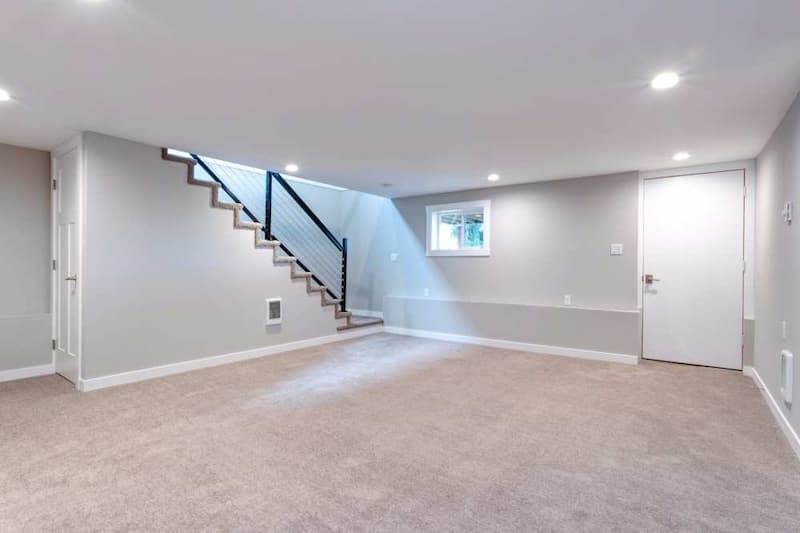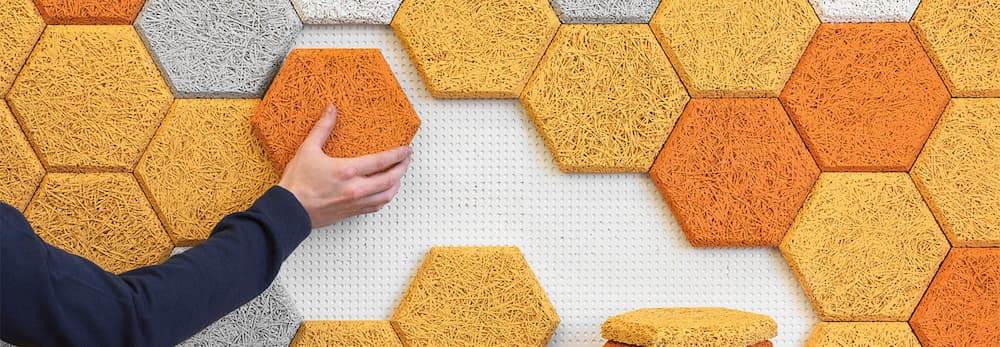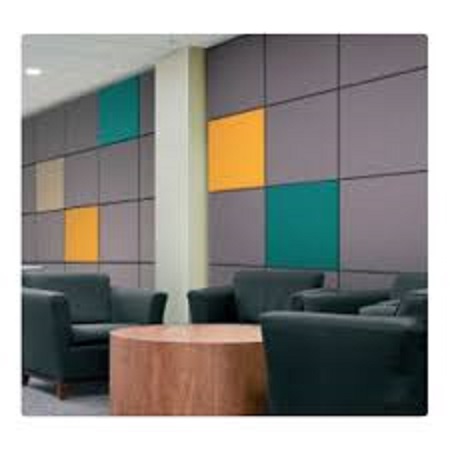How to Soundproof a Basement
A basement may serve as a home office, a bedroom, a home gym, a cinema room, a craft area, or simply a gathering place for you and your family. Whatever you choose to do with your basement, there’s no denying that you’re grateful for the extra space it provides, but there’s one problem: noise.

How Loud Can You Get?
Once you’ve determined what you want to achieve, choose the STC (Sound Transmission Class) that best fits your needs. The higher the STC the more effective it will be to soundproof the different parts of your basement.
Best Way to Soundproof a Basement
To soundproof a basement, you must use added mass to prevent or absorb airborne sound waves, we will explain this later. Moreover, by decoupling the levels, you may stop the pathways mechanical sound vibrations can travel via joists and supports.
Because they are indirect, the most challenging paths are those where flanking noise can travel (we explained what flanking noise is in our article: How to Soundproof an Air Vent). Plan out the inner basement walls, HVAC, and plumbing, as well as soundproofing materials that dampen or absorb sound, to prevent sound from traveling in the wrong direction.
Types of Sound
| 1. Airborne noise | The most frequent sound you hear is airborne noise, which includes things like people chatting, TV noises, and music. Soundwaves are created when someone or something generates noise, and these soundwaves are taken up by a medium. The medium in the case of airborne noise is, as the name implies, air. Soundwaves move through the air until they hit a solid object like a wall, floor, or ceiling. The sound then passes through the solid object and out into the surrounding space. |
| 2. Impact noise | Instead of air, the medium through which impact noise travels is a solid structure. When an object comes into contact with another structure – including a person’s footsteps on a floor – soundwaves are generated, and these soundwaves pass straight through the structure; hence, impact noise is also known as structure-borne noise. This is the type of noise you hear when someone walks overhead and the sound of their footsteps can be heard in your basement, or when someone bounces a ball into the basement ceiling and you can hear it through the floor. |
So, How to Soundproof a Basement?
You may use several soundproofing techniques once you’ve determined the type of noise you want to eliminate. We’ll go through some of the different ways you can prevent soundwaves from going out or into your basement in the sections below.
1. Seal Any Gaps
If there are any gaps in your basement’s ceiling, walls, or around the windows, fill them up. Soundwaves travel through gaps, so closing them will assist to stop the flow of undesirable sounds. We recommend using either Green Glue (official website) acoustic caulking or weatherstripping to fill any gaps. Acoustic caulking from Green Glue is a polymer that helps to minimize vibrations generated by soundwaves, reducing noise transmission.
Weatherstripping can also be used. Cut lengths of weather stripping to size after measuring the area where it will be used. Remove the adhesive backing’s cover and place it on the surface of the area you want to seal.
2. Drywall
Drywall may also be used to soundproof a room. It adds bulk to the room, which helps to decrease sound transmission through the ceiling and walls.
We recommend utilizing sound deadening drywall and adding Green Glue soundproofing solution to the back of the drywall before installing it for the greatest effects. Keep in mind that the denser the drywall, the better the soundproofing properties (what is drywall – read here).
Video: Basement Ceiling Soundproofing – 4 DIY Ways to Do it Cheap!
3. Insulation
Insulation is a good technique to cut down on sound transmission. Because insulation absorbs sound waves, it can help reduce the amount of noise you hear coming through the floor above you or the walls of your basement. It will also reduce the amount of noise that may be heard in the space above or next to the basement.
Install extra insulation if you can easily access the area between the ceiling and the floor above it, or the walls of your basement; blown insulation is the simplest alternative because it does not need the removal of structures. If you’re just constructing your basement, make sure to use insulation batts between the drywall on the walls and ceiling (more info about insulation on build.com.au).
4. Acoustic Foam Tiles
You may also install acoustic foam tiles, similar to those seen in recording studios and theaters, to decrease noise transfer into and out of your basement.
These tiles help to reduce echoes by minimizing vibrations, so they not only help to limit the amount of noise that exits or goes into your basement but also aid to improve the sound quality within the area. The advantages of acoustic foam tiles are two-fold whether you want to use your basement as a music studio or a theater area.
Apply the tiles to the walls and/or the ceiling. Before placing acoustic foam tiles, apply Green Glue to the back of the material or to the existing surface, just as you would with drywall (read more about Acoustic Foam Tiles on ledgernote.com).
5. Mass Loaded Vinyls
This soundproofing material is one of our favorites here at silencewiki.com. MLV (Mass Loaded Vinyl) is a thick, yet malleable, vinyl. It’s usually impregnated with tiny metal particles to assist enhance the material’s bulk (more about MLV on soundproofliving.com).
Mass is crucial in soundproofing because it serves to deaden soundwaves, preventing them from traveling to another location. As a result, MLV is a good technique to minimize the noise in both the air and the structure.
MLV may be installed on your basement’s walls and ceilings. To do so, make sure you measure and trim the material to fit the place where you’ll be placing it. Secure the material to the surface with nails, screws, or tacks once it has been placed. Applying Green Glue to the surface before installing your MLV will increase the soundproofing properties of the material.
6. Noise-Reducing Curtains
To reduce noise transfer in your basement, you might use noise-reducing curtains or drapes. Both are constructed of thick materials that absorb as well as deflect sounds.
Install curtain rods on the wall above the windows and drapes or blankets over them to soundproof your basement windows. You may also soundproof the doors and walls with blankets and drapes. Drape the material from curtain rods positioned above the entrances or attach drapes or blankets directly to the doors.
The advantage of this choice is that you may change the curtains or blankets as required if you use curtain rods to hang them. In other words, it isn’t a permanent fixture. You can, for example, open the curtains to allow sunlight or fresh air into the basement and then close them to reduce noise.
7. Carpets and Rugs
Install carpets or rugs on the flooring of the space above your basement ceilings to reduce the amount of noise that goes through it; the thicker the rugs or carpeting, the better the results.
Rugs and carpets provide mass to the floor and absorb sound waves, so you’ll hear less noise through the ceiling and from the basement through the flooring of the areas above it. Install soundproof underlayment before placing carpets or rugs for better results.
8. Soundproof Underlayment
As previously stated, there are a variety of sound deadening underlayment materials available, with various alternatives for different flooring materials such as tile, hardwood, laminate, and carpets.
It should be noted, however, that you will need to remove the current flooring in the area above the basement in order to apply this soundproofing technique. After the underlayment is in place, the flooring material may be installed on top of it.
9. Rearrange Your Furniture
Changing how your furniture is arranged upstairs is one of the cheapest methods to soundproof a basement. Heavy furniture like sofas, bookshelves, and closets should be placed immediately above the basement. When you’re in the basement, make sure the furniture is above the location that lets the most noise in.
Of course, only move furniture if it can remain in its new place indefinitely. It provides you an excellent excuse to try out a fresh appearance in the house, in addition to providing a solution to the noise in the basement.
Video: How I’m “Soundproofing” My Basement…
In Conclusion
For the most part, the techniques presented in this article may be utilized to soundproof a basement bedroom. If you want to use it for home theater, you’ll almost certainly need decoupling because movies and music may be rather loud.



